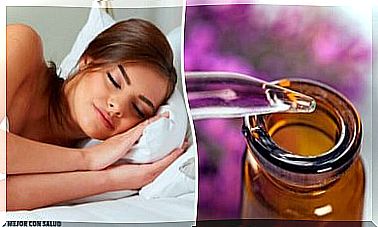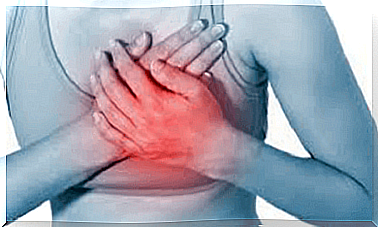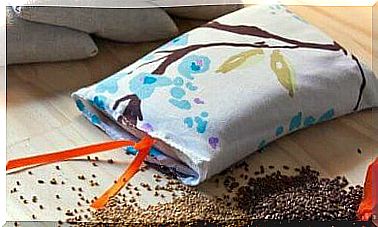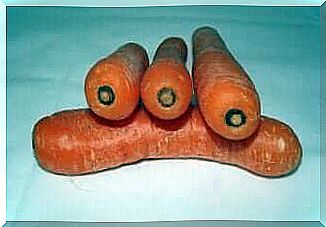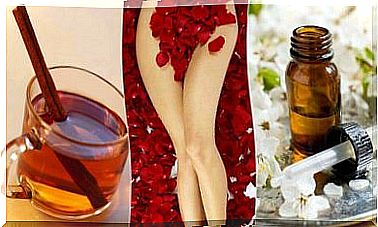Exercise And The Menstrual Cycle
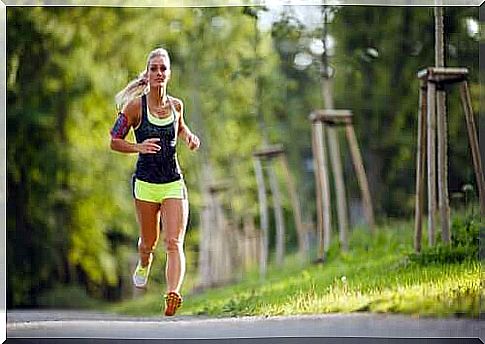
Today we’re going to talk about getting the most out of exercise on the menstrual cycle. The menstrual cycle begins with the manifestation of the typical vaginal bleeding and ends when it reappears during the next cycle.
In between takes place a series of phases whose hormonal characteristics directly influence the sporting performance. These are the changes we worry about when we talk about exercise and the menstrual cycle.
Roughly speaking, we can say that the menstrual, ovulatory and premenstrual phases involve high physiological stress and affect sporting performance. In contrast, it seems that the phases immediately preceding and following ovulation provide the most benefits for exercise.
Exercise and the menstrual cycle
The menstrual cycle lasts about 28 days and then consists of the follicular phase (menstrual and pre-ovulatory), ovulatory phase and luteal (post-ovulatory and premenstrual) phase.
In each of these phases, women exhibit certain physical and psychological characteristics, which in turn are related to their hormonal levels and which directly influence their exercise (Spanish link).
Below we tell you what happens during each phase of the menstrual cycle, how they affect athletic performance and what the best training option is for each period.
Menstrual phase

This is the first phase of the cycle, which lasts about five days and is characterized by menstrual bleeding. At this stage, estrogen, progesterone, and testosterone levels are low.
In addition, as a result of the bleeding, the iron concentrations in the blood decrease and the resting heart rate increases. The changes we have described could result in:
- Depressed mood.
- Sleep disorders.
- Fatigue.
- Increased perceived effort.
- Reduction of the fatigue threshold.
- Increased risk of injury.
- Increase in response time.
- Less coordination and dexterity.
During these days, it ‘s best to take it easy and prioritize your well-being over exercise. To maintain an active lifestyle and improve your mood, it is advisable to include light and pleasant outdoor walks in the sunlight.
Follicular phase
Pre-ovulation is the second phase of the follicular phase. This phase lasts about nine days. During this time, estrogen levels in the body rise.
As a result, the mood of the woman is optimal and the rapid energy consumption (ATP and glycogen) is more efficient. So now is the perfect time to do high-intensity interval training (HIIT) metabolic workouts.
Ovulation

Ovulation is the second stage of the cycle. It only lasts one day and can cause pain. This is where estrogen and testosterone reach their maximum concentrations, making the woman feel stronger than ever. During this phase it is best to opt for training aimed at maximum strength.
However, beware! The hormonal changes we just described relate to excessive neuromuscular relaxation that increases the risk of injury.
Luteal phase
This phase represents the beginning of the end of the cycle and then lasts about nine days. Here, in addition to a high concentration of estrogen, progesterone levels also increase.
Progestins improve the use of fat as an energy fuel. Therefore, it is preferable to choose low-intensity, high-duration aerobic exercises, such as:
- To run
- Walking at a moderate intensity
- Bicycles
Premenstrual phase
The premenstrual phase is the last phase of the cycle. It precedes menstruation, lasts about five days and is then characterized by a drop in hormone levels. This is where the so-called premenstrual syndrome often appears.
At this stage, stress levels are often high and mood is worse. This is due to a drop in serotonin levels, associated with a drop in progesterone levels.
Also, fluids are retained, psychomotor skills necessary for good performance are impaired and appetite increases. Thus, according to the characteristics of this last phase, it is best to choose activities that will help reduce tension and keep you calm. For example, think of:
- Yoga
- tai chi
- Pilates
See also:
Ending premenstrual syndrome once and for all
Conclusion
As you can see, each phase of the menstrual cycle has its own unique characteristics that directly affect the practice of exercise. So it’s essential to match exercise and the menstrual cycle to perform at your full potential.

